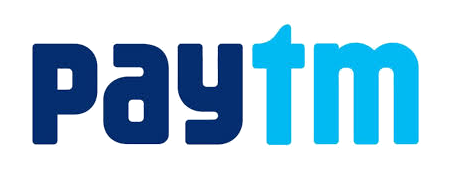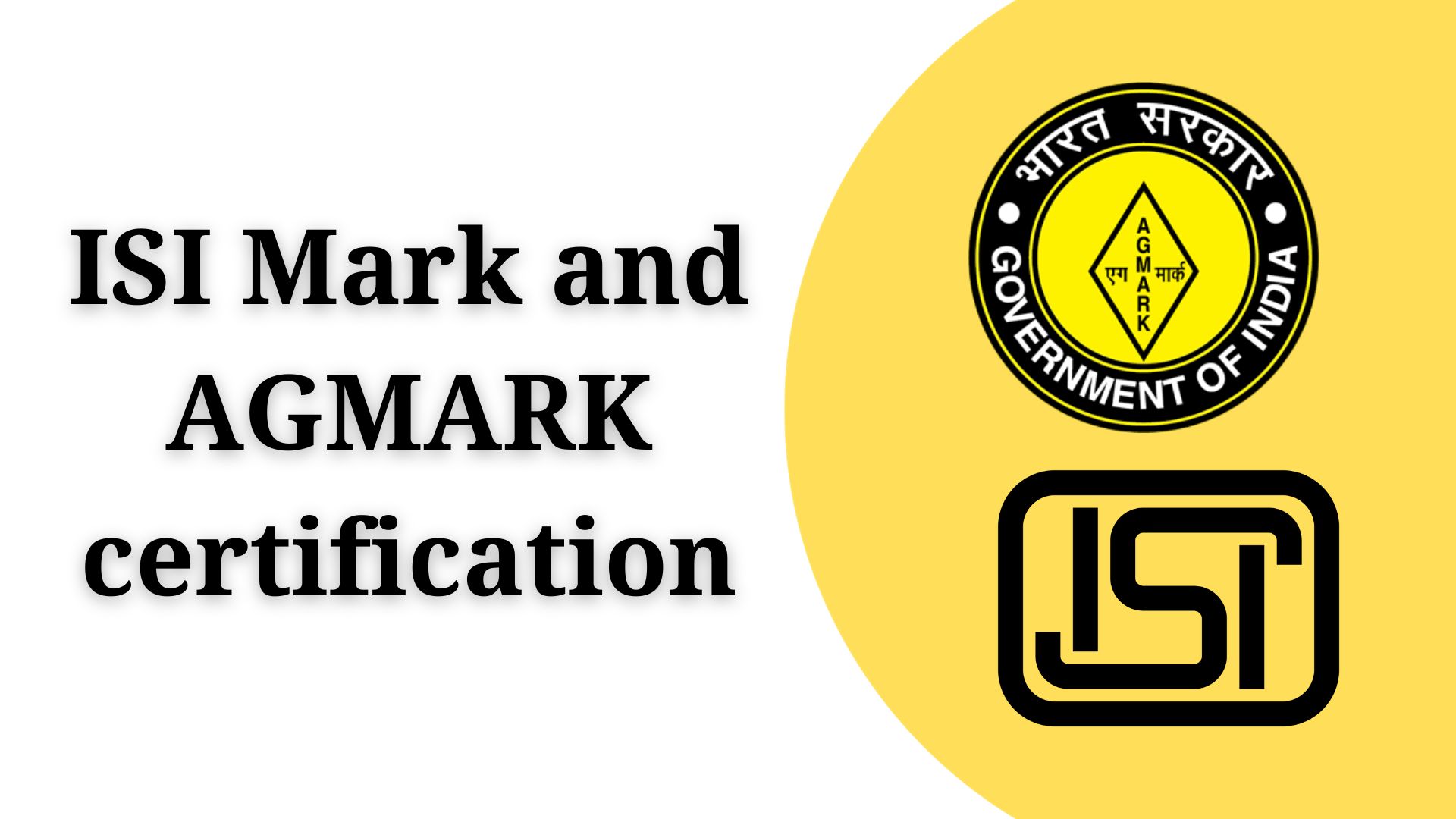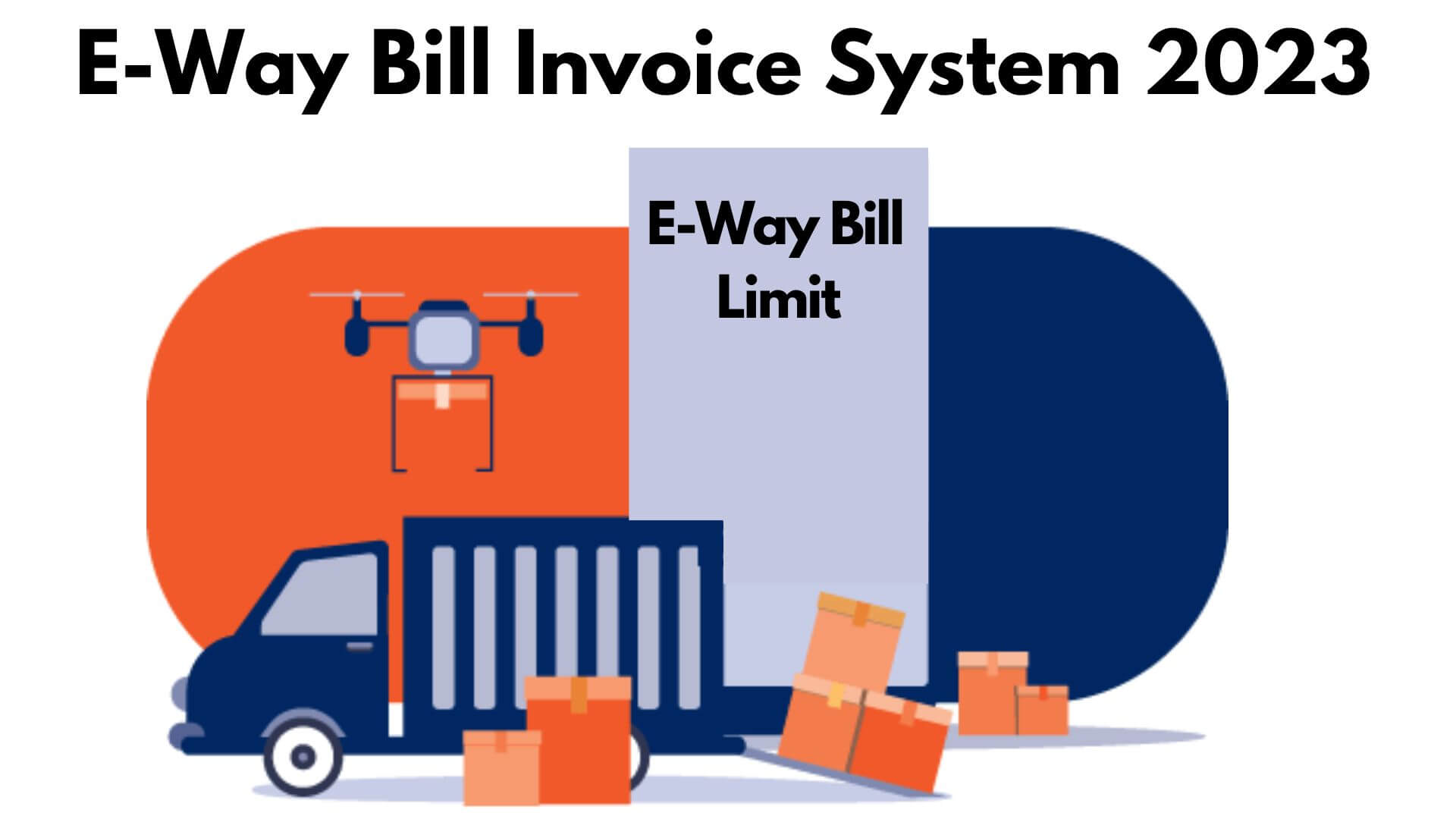Certification
Before a product may be sold in the European Union, it must first receive European Conformity Certification. The CE Certificate indicates that a product has been tested by the manufacturer and found to comply with EU safety, health, and environmental protection standards. So, what exactly are you waiting for? Obtain CE certification for your product by contacting legaltax.in
- Expert assistance
- Complete online Process
- End To End Compliances solutions
- Track Application Status
CE Certification

CE Certification
The term “CE” means that the manufacturer or importer is compliant with European health,safety and environmental protection standards. Keep in mind that CE is not a quality certification mark. CE marking is mandatory for products sold in the European Economic Area, ie EEA, but also affixed to products sold elsewhere, produced in accordance with EEA standards. The CE mark means the goods can be sold without hassle in any part of the EEA, regardless of its country of origin This includes the CE logo and, If applicable, a four-digit code of the certifying body involved in the conformity assessment process. CE stands for “Conformity European”, which is a french word for “European conformity”.
In general, the CE marking serves as a passport for a product to be sold in the European market. This implies that the product concerned complies with the essential health and safety requirements of all directives applicable to the products.
Nations That Requires the CE Marking
The CE marking is a legal obligation for some products intended for sale in the European Union Free Trade Association, ie EFTA, and Turkey. Manufactured within these nations, and the importers of items made in other nations, affirm that CE-marked goods are produced per EU standards.
Following Brexit, the United Kingdom government launched the UKCA marking as its equivalent conformity indicator and it is mandatory for goods sold in Great Britain - although goods with the CE marking can still be used as of january 1 2023. could . As Northern Ireland remains in line with the European Single Market under the Northern Ireland remains in line with the European Single Market under the Northern Ireland Protocol, the CE mark remains a legal requirement for products sold in that market. However, the UKCA notation can be used in tandem; It is not mandatory. Goods for sale in the UK may have both marks.
As of 2019, CE marking was not mandatory for countries under the Central European Free Trade Agreement (CEFTA), but members of Serbia, Albania, Montenegro, North Macedonia have applied for EU membership and many of its members within its law. standards (as were most of the former Central European member states of CEFTA that joined the EU before joining.
Types of Documents Which Are Required to Secure CE Marking
- Technical File
The technical file is a set of documents that demonstrate the conformity of the product with the CE-marking law. Documentation should reflect applicable product safety requirements and cover the design, manufacture and operation of the product. In addition, it must be available for inspection by the relevant market monitoring authorities immediately after the product is placed on a market located in the territory of the European Union.Sometimes, the documentation may also need to be submitted to the notified body for review.
- Technical Documentation Generally Covers The Following Aspects:
- Technical description
- Circuit diagrams, drawings & photos
- Materials' bills
- Specifications and their applicability, EU declaration of conformity for critical components used
- Details pertaining to design calculations
- Test assessment or reports.
- EU declaration of conformity
- Instructions
Technical documentation can be prepared in any format (electronic or paper) & Construction must be conducted for a period of up to ten years after the last unit and, in most scenarios, remain in the EEA.
Procedural Approach to Secure CE Certification in India
Depending on the severity of the product's risk, CE marking is applied by the manufacturer, who is required to ensure that their product conforms to the CE marking standards. In some scenarios, if a product has a low risk, it can be self-certified, showing a declaration of conformity and affixing the CE mark to their product.
Self-certification is used only for those items that have a low risk of use, and this is of course predefined in the instruction according to the product "category". To obtain certification, the manufacturer must do the following:
- Inspect if the item requires CE marking. The product must conform to all instructions that apply to the product.
- Choice of conformity assessment procedure from a module called for by the product’s instruction according to each category (severity of risk) involved. There are many modules related to conformity assessment processes, but only a few include self-certification. Most of these processes demand a “type approval” and a production conformity assessment by the notified body - the common module of the certificate as shown below. A product typically seeks more than one process to implement
- Module A - Internal production control.
- Module B - EC type-examination.
- Module C - Conformity to type.
- Module D - Production quality assurance.
- Module E - product quality assurance.
- Module F - Product verification.
- Module G - Unit verification.
- Module H - Full quality assurance.

The Severity of the risk is specified by the category of each device. The higher the category, the higher the risk after specifying the category, the manufacturer shall, in order to secure certification, apply the procedure applicable to the manufacturer, after verifying that the applicable modules for the product category have been implemented, and the name of the notified agency involved in the certification processes and the certification processes and the certification number (model).
Notified bodies involved in the certification processes are the agencies assigned by a member state (in accordance with the accreditation process) and notified through the European Commision. These bodies function as an autonomous inspection agency and follow the procedure listed in the applicable modules as per relevant instructions. A producer may opt for any such body in any member state of the European Union. In fact, the self-certification process involves the given steps.
Stage 1: Identifying the applicable Directive (S)
The first step is to determine whether the item requires CE marking. Not all products normally demand CE marking, and only items that fall within at least one of the sectoral directives are required to affix such marking.
Currently, more than twenty regional directives demand the CE marking cover, but are not limited to, items such as machines, electrical items, medical devices, pressure equipment, toys, PPE, construction products and wireless equipment.
Indicating which directives can be applied, as more than one may exist, is a direct exercise of reading the scope of such directives to determine which one applies to the product (such as "less than Voltage Directive," 2014/35/EU).
If the product does not comply with any regional directive, such product need not be affixed with CE marking.
Stage 2: Pinpoint the relevant requirements of the Directive (S)
Each directive contains different ways of disclosing conformity depending on the product's classification and its intended use. Each directive contains various 'essential requirements' that the product must comply with before it can be sold in the market.
The most favorable way to express that such requirements have been complied with is by meeting the requirements of a relevant 'harmonious standard', which presents an estimate of conformity to these requirements, although the use of standards is usually voluntary. . The harmonized standards can be indicated by identifying the 'official journal' on the official website of the European Union or by visiting the New Approach website launched by the EFTA and the European Commission with European standardization organizations.
Stage 3: Determine an apt route to conformity
In addition to the self-declaration process, there are several 'verification routes' to ensure conformity based on the product's instruction and classification. Many products such as fire alarms, invasive medical equipment, and pressure equipment, extinguishing systems, elevators, etc. have a mandatory requirement for the involvement of a third party, i.e. notified body.
Here are the different verification routes as shown below:
- Product evaluation by manufacturer
- Evaluation of the product by the manufacturer along with the supplementary requirement for the mandatory audit of production control of the factory to be carried out by the notified body.
- Evaluation by the notified body, for example, EC type testing, with the requirement of production control audit of the factory to be done by the notified body.
Stage 4: Conduct conformity assessment
When all required items have been identified, it is necessary to assess the conformity of the product to the essential requirements of the directive. This typically includes evaluation and/or testing and may include a conformance assessment of the product to the harmonized standard(s) indicated in Step 2.
Stage 5: Prepare the technical file or documentation
The technical document or technical file is one of the basic prerequisites for the manufacturer to secure the CE marking. It needs to be prepared in line with EU directives and should include the details mentioned above.
Stage 6 : Make a declaration & affix the CE mark on the product
When the authorized representative is satisfied with the conformity assessment of the product, the EU Declaration of Conformity under the Machinery Directive must be completed. This also applies to partially completed machinery.
EU Declaration of Conformity Generally Manifests The Following Details:
- Manufacturer name and address
- List of products with their description and serial number
- List of relevant regional directives that have been implemented
- A statement indicating that the product concerned complies with applicable requirements.
- Name, designation and signature of the person in charge authorized person's signature
- Details relating to the authorized representative with the EEA (where applicable)
- Additional Instructions
The final step is to mark the product with the CE marking, after the EU Declaration of Conformity is completed.
Important Functions Performed by the Notified Body
Conformity assessment provides service to manufacturers of products in areas of public interest. European nations are Obliged to Notify conformity assessment bodies located in their jurisdiction in accordance with the principles cited in Decision 768/2008/EC Notified Bodies:
- In general, Notified Bodies;
- are free to facilitate their conformity assessment services to any operator inside or outside the EU
- Others may perform these ventures in the territory of EU countries or non-EU countries.
- Must work in a transparent, non-discriminatory, autonomous and fair manner
- Must employ qualified person to conduct conformity assessment in accordance with the law in question
- Appropriate measures should be taken to ensure the confidentiality of the protected information during the conformity assessment
- Must have suitable insurance to cover their professional undertakings, unless the liability is assured in accordance with the national law of the notified EU nation
- Should facilitate the details to its notification authority, market monitoring agencies and other notified bodies
General Traits of CE marking
- The CE marking must be clearly, clearly and permanently affixed to the product by the manufacturer or its authorized representative in the European Union in accordance with its legal format.
- When a manufacturer places the CE mark on a product, it indicates that it complies with the requirements required from all directives applicable to its product.
- low voltage Directive
- EMC instructions
- ATEX instructions
- other legal requirements
- When the machine manufacturer affixes the CE marking, it assures that it has completed all necessary assessments on the products in conformity with all the requirements of the applicable directives.
- CE Marking as amended by Council Directive 93/68/EEC of 22/07/1993 Directive 88/378/EEC (Safety of Toys), 87/404/EEC (Ordinary Pressure Vessels), 89/106/EEC (Construction Products) , 88/378/EEC (Toy Safety), 90/385/EEC (Active Implantable Medical Devices, 91/263/EEC (Telecommunication Terminal Equipment, 93/42/EEC (Medical Devices), 89/392/EEC ( machinery), 92/42/EEC (new hot fuels powered by liquid or gaseous fuels
- CE marking has the initial "CE", both letters must follow the same vertical dimension, not less than 5 mm.
- If the appearance of the product does not allow the CE mark to be affixed to the product itself, the same marking must be applied to the packaging or related documents.
For example, for a machine, machinery instructions come into play, but often also;
If a directive seeks the participation of a third party, i.e. notified body, in the conformity assessment process, its identification code should be affixed on the reverse of the CE logo.
LegalTax Experts can Help The Client To;
Frequently Asked Questions

Fill Up Application Form

Make Online Payment

Executive will Process Application

Get Confirmation on Mail
What Our Clients Say
associated with

























